Oxford fabric is one of the modernist fabrics named after the most popular university. Today oxford has been popular all over the world with the reputation of Oxford University. Here we are going to discuss some important things about the Oxford fabric. Continue reading to know this unrevealed fact about Oxford fabric.
What is Oxford Fabric?
Oxford is a plain woven fabric that comes in a basket weave structure to create a checkboard oxford effect on the surface. Basket weaving is a derivative of plain weave where two or more warp and weft yarns crossover each other. It's well-known for its durability and versatile applications including formal and casual dresses, outdoor tents and gear, baggage, and luggage. Mainly it is popular for its casual shirts, specifically with a button-down collar. Oxford shirts could particularly be worn in the office for their professional looks.
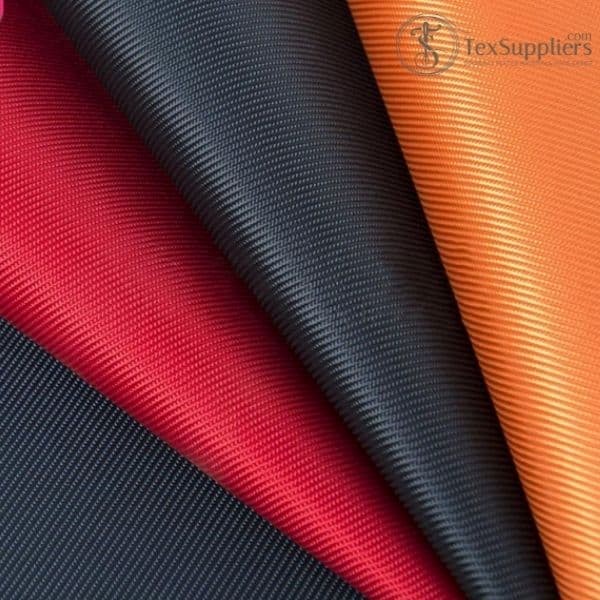
The specialty of Oxford is that it needs less care than most others. Compared to most other fabrics, it could easily be put for washing and stays in shape better. Oxford is very cozy due to the yarn used for weaving and is affordable also. Overall, a tailored oxford fabric is an essential fabric for its durability and versatile uses.
What is Oxford Fabric made of?
Cotton Oxford: In the late 19th century, Oxford weave originated in a Scottish fabric mill. Originally, it was woven using pure cotton. Till now pure cotton oxford is popular for light formal and casual shirts. Most common oxford structures are 40/1x24/2 for heavier casual shirts, 80s double-ply for classic style oxford shirts, 50s single-ply for lightweight formal and casual shirts, 75/2x38/3 for premium oxford shirts.
Cotton Linen Blended Oxford: Sometimes pure cotton oxford feels too warm. So designers started making cotton/linen blended breathable oxford with the almost same feeling as classic cotton oxford. The most common cotton-linen blended oxford fabric is 55% cotton and 45% linen. This fabric texture looks very beautiful and unique due thanks to slub effects created from the linen part, making it suitable for both formal and casual wear.
Synthetic Oxford: Currently oxford fabric is often made of synthetic fiber, especially polyester and nylon. Waterproof and fire retardant oxford fabrics are made of either 100% polyester or 100% nylon. Poly and nylon oxford is widely used in workwear and outdoor gear like bags, tents, luggage, and outdoor umbrella. The most common poly/nylon filaments used in making synthetic oxford are 150D, 200D, 300D, 600D, and 1200D.
. But now, many of them are made by incorporating man-made fibers including Polyester, Viscose, and other synthetic fibers.
Oxford Weave Manufacturing Process:
Oxford fabric is produced with a perfect variation of the Basketweave where multiple weft yarns are crossed over an equal number of warp yarns. One color of wefts is crossed with white warp yarn, resulting in a two-tone color appearance. In this way, 2 x 2 weave (sometimes referred to as 2 x 1 basket weave) creates a slightly rougher texture but is still a more durable fabric than any other fabric. This texture makes oxford thicker and warmer, making it perfect as well to wear in the winter season.
Types of Oxford Fabric
Oxford fabric is categorized into 5 types as follows:
- Nesting Oxford fabric
- Nylon Oxford fabric
- Full-stretch Oxford fabric
- Teague Oxford fabric
- Weft Oxford fabric
But based on the structure, oxford could be divided into two categories, they are as follow:
a) Pinpoint Oxford:
Pinpoint Oxford is created with a finer yarn and tighter basket weave. As a result, it gives a softer and smoother texture than a typical oxford. pinpoint oxford has a little bit of shine. But it doesn't like Royal Oxford. The threads or yarns by which it is produced have lighter weight and are less thick than a regular Oxford cloth. Pinpoint Oxford is very suitable for those who want a polished look for casual and formal occasions. However, you have to be careful with sharp edges when wearing clothing made of pinpoint fabric.
b) Royal Oxford:
It is totally different from Pinpoint Oxford. Royal has a typical shine and texture. It is the sveltest of the Oxford weaves. Extremely fine and lighter threads produce Royal. Thus, it is a very smoother, shinier, and finer fabric than regular Oxford and pinpoints Oxford fabrics. Royal Oxford is very suitable for fashionable occasions.
Characteristics
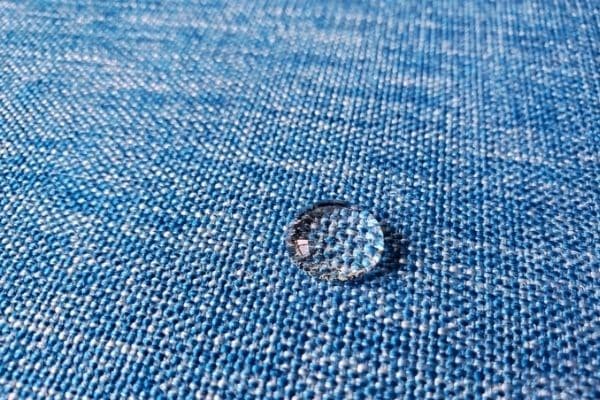
- Great insulating properties. It could trap a lot of air depending on its thickness which keeps oxford-made clothing warm. Consequently, Oxford is a great choice for a brumous season.
- Have fine textures properties and tend to retain their shape
- Soft, Versatile, and Lustrous
- Larger weave; basket weaving provides durable and breathable properties.
- Coarse and slightly Heavy in weight.
- Age well and get softer with each use.
- Naturally resistant to wrinkles.
- Good resistance to abrasion and chemical agents.
- Washable and dry easily after washing.
- Machine-washable, easy to maintain
- No ironing is needed after going through the washing process.
- Comfortable to wear, sturdy, durable, and also long-lasting
What is oxford fabric used for?
a) Oxford Fabric is mainly used to manufacture expensive formal and casual dresses, especially shirts to create sturdy and comfy apparel.
b) Typical Oxford has lesser shine and silkiness than others. It makes oxford suitable for producing different clothing such as shirts, button-down shirts, pants, skirts, and other formal and casual wear.
c) It is used as home décor fabric as well. Cause oxford is ideal for window treatments, pillow shams, wall hangings, duvet covers, and coverings.
d) It could be used for making bags, backpacks, suitcases, tents, tourism equipment, hunting and fishing equipment, tables, chairs, sleeping bags, and different kinds of cases.
e) It is used in the construction of screen panels to fit over a wooden frame.
f) Clothings which need to be breathable such as sportswear, walking clothes, shorts, liveries could be made from oxford.





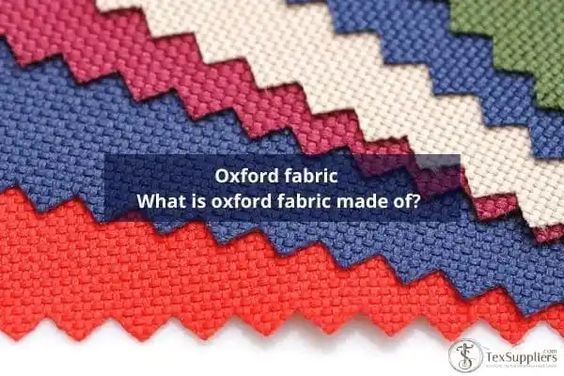

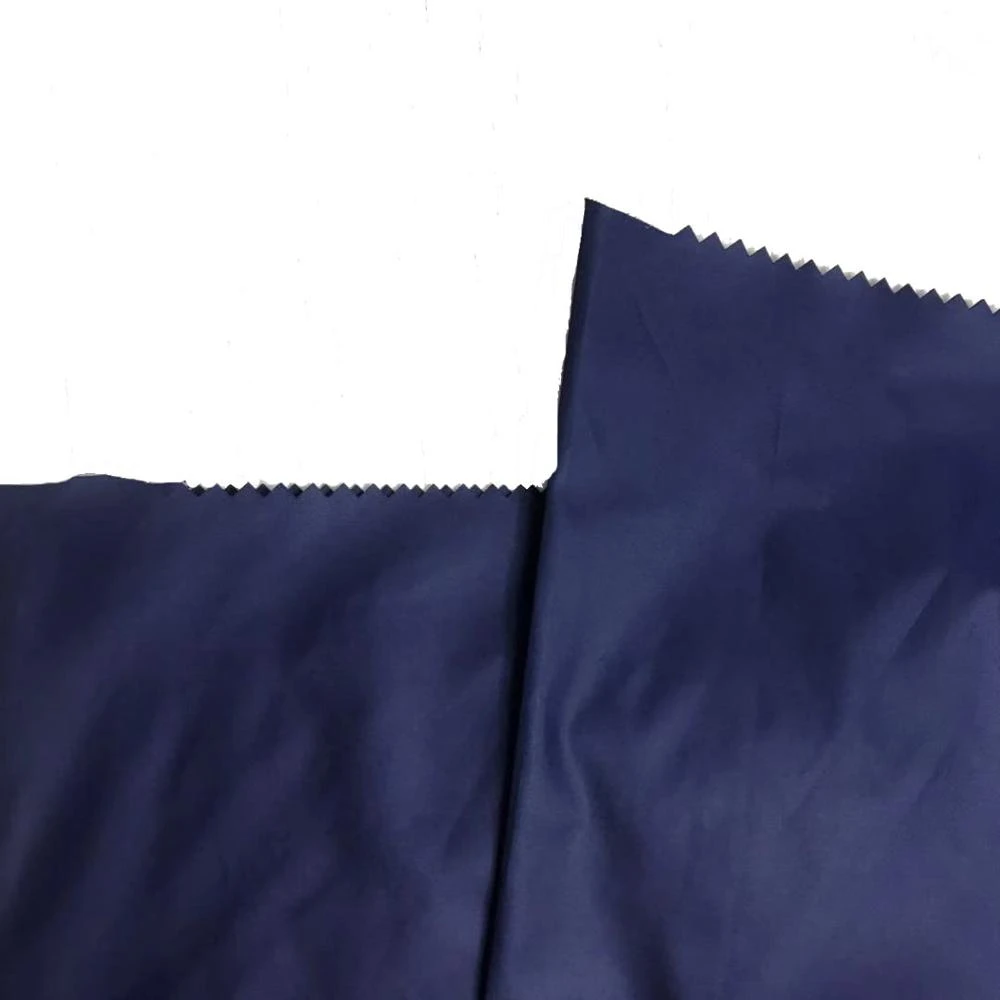
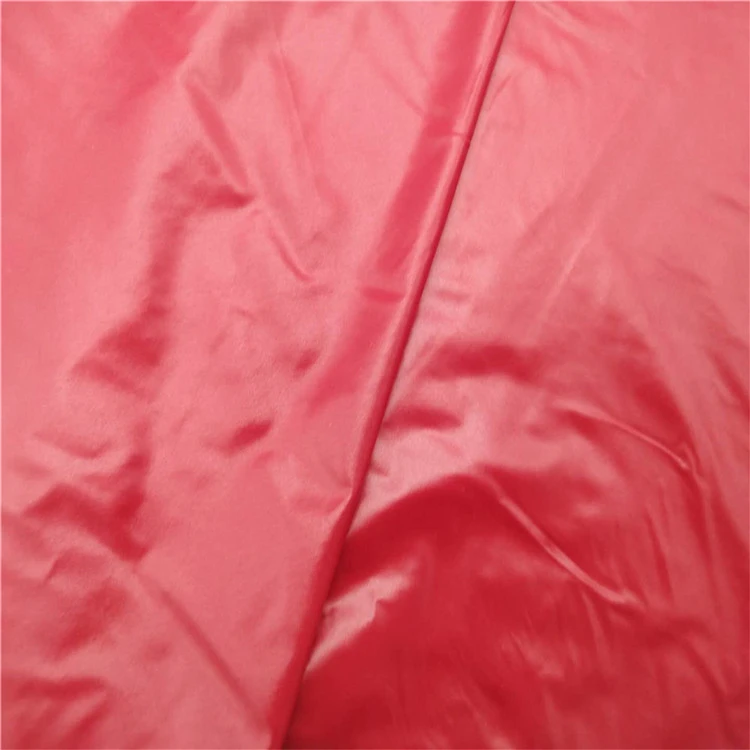
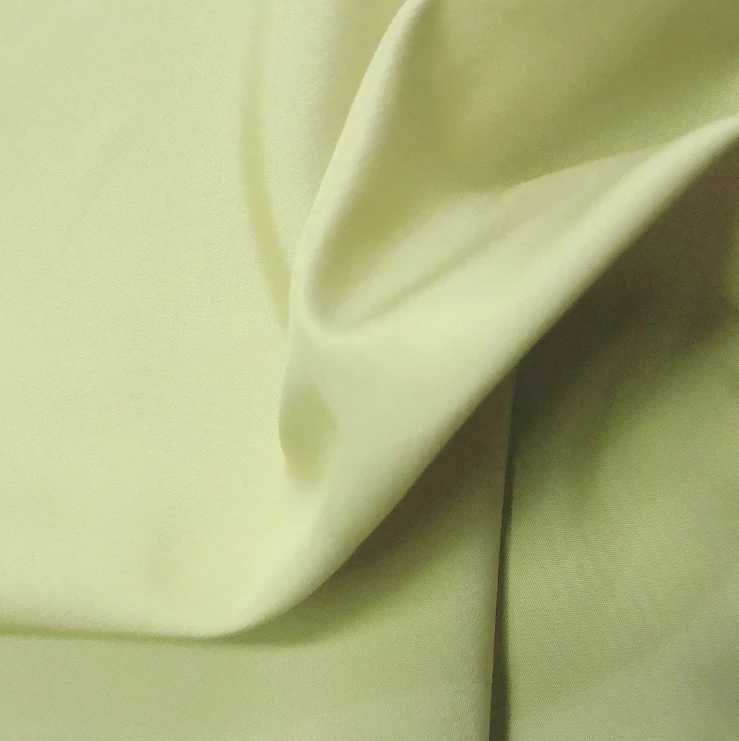
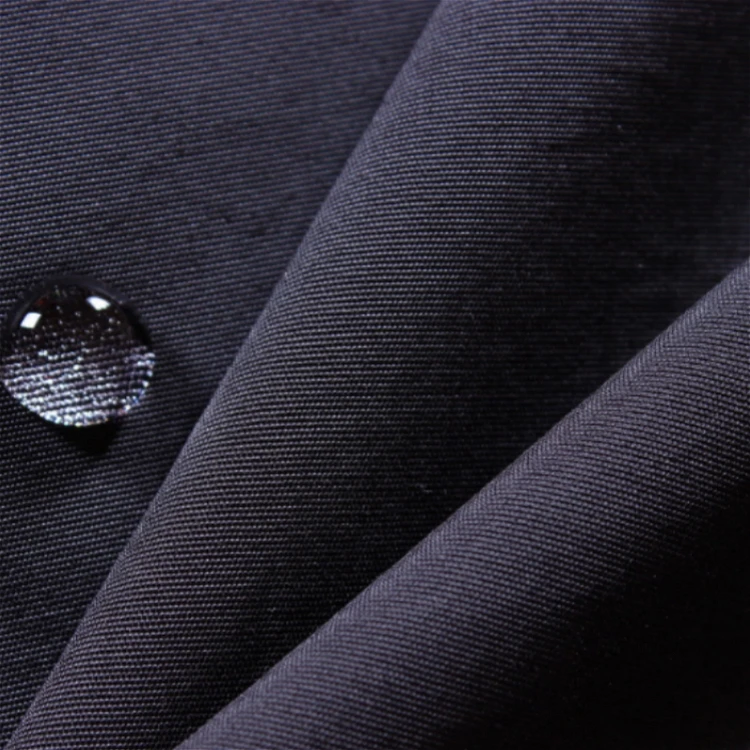
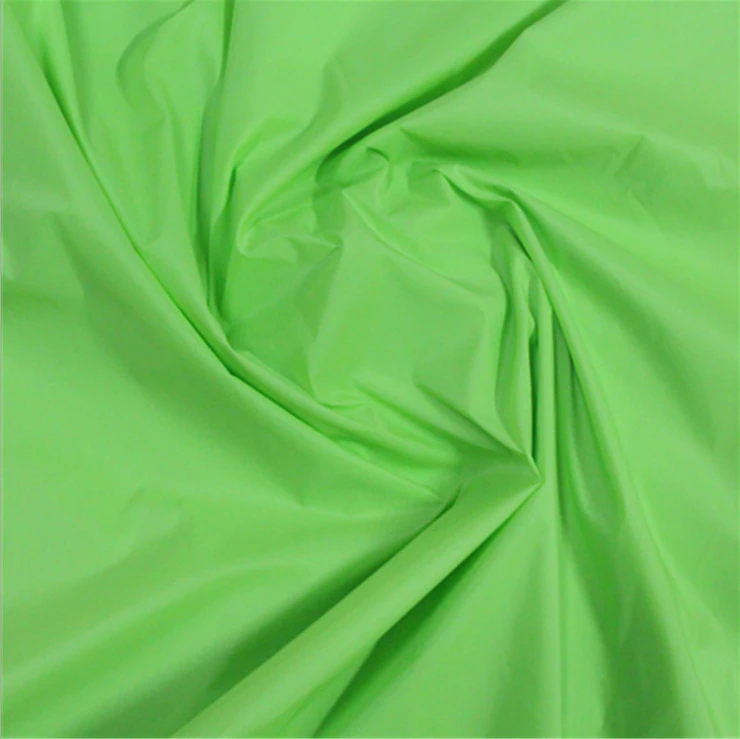
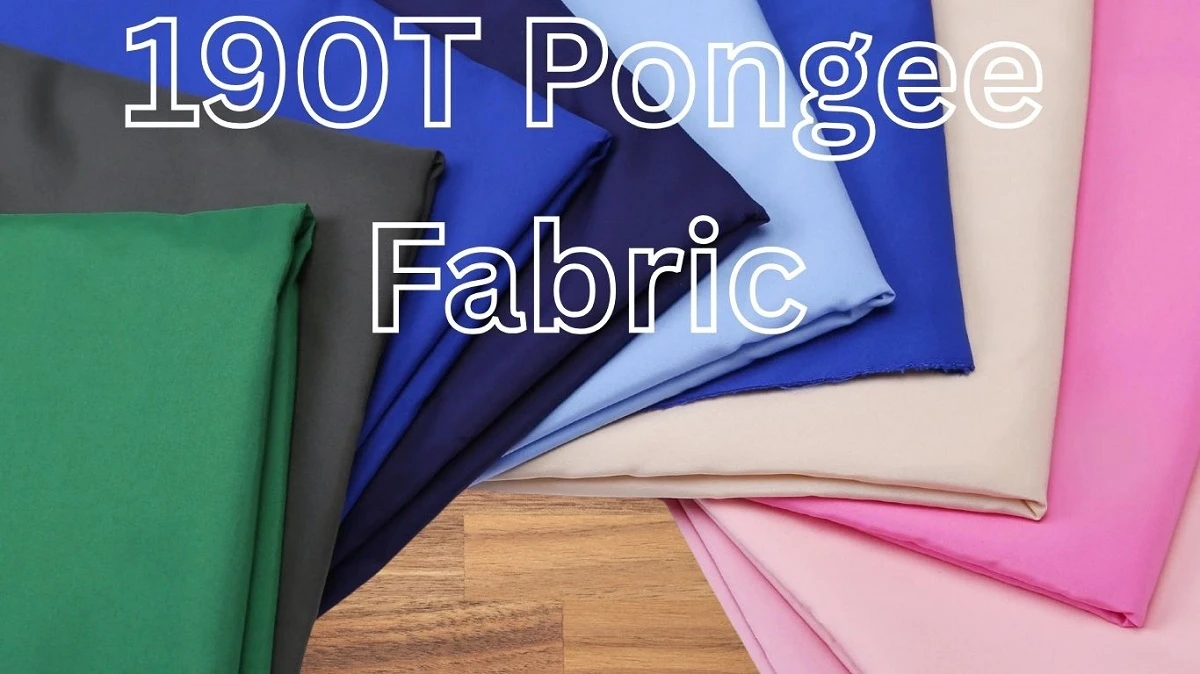
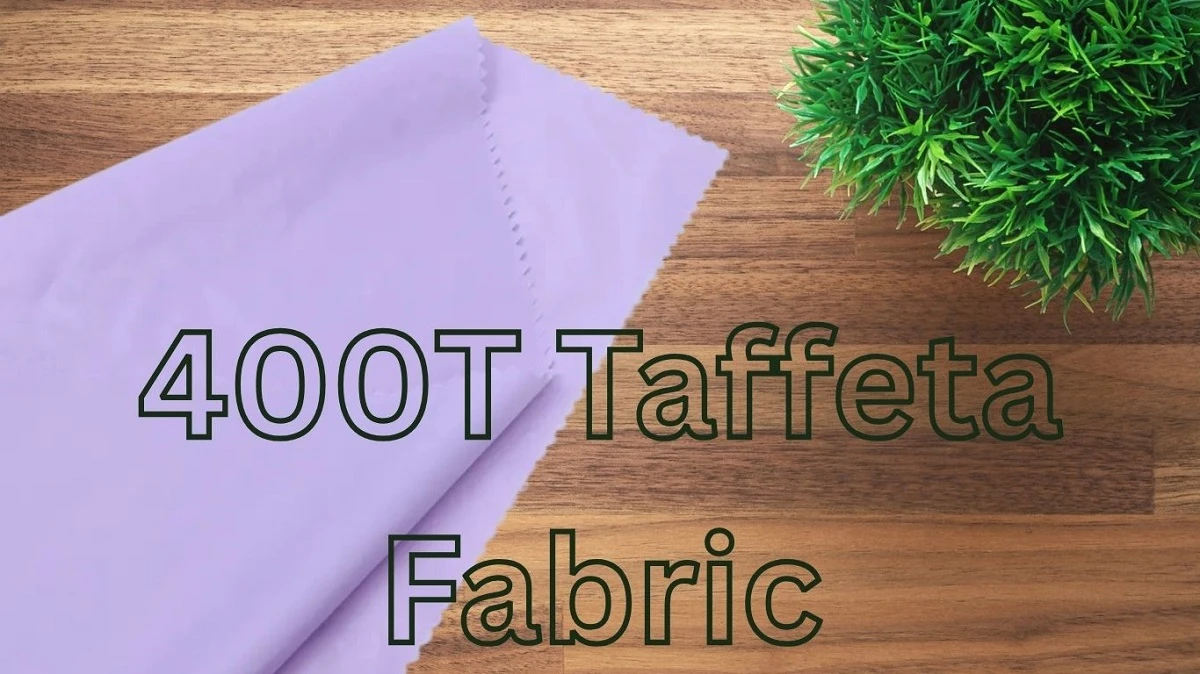
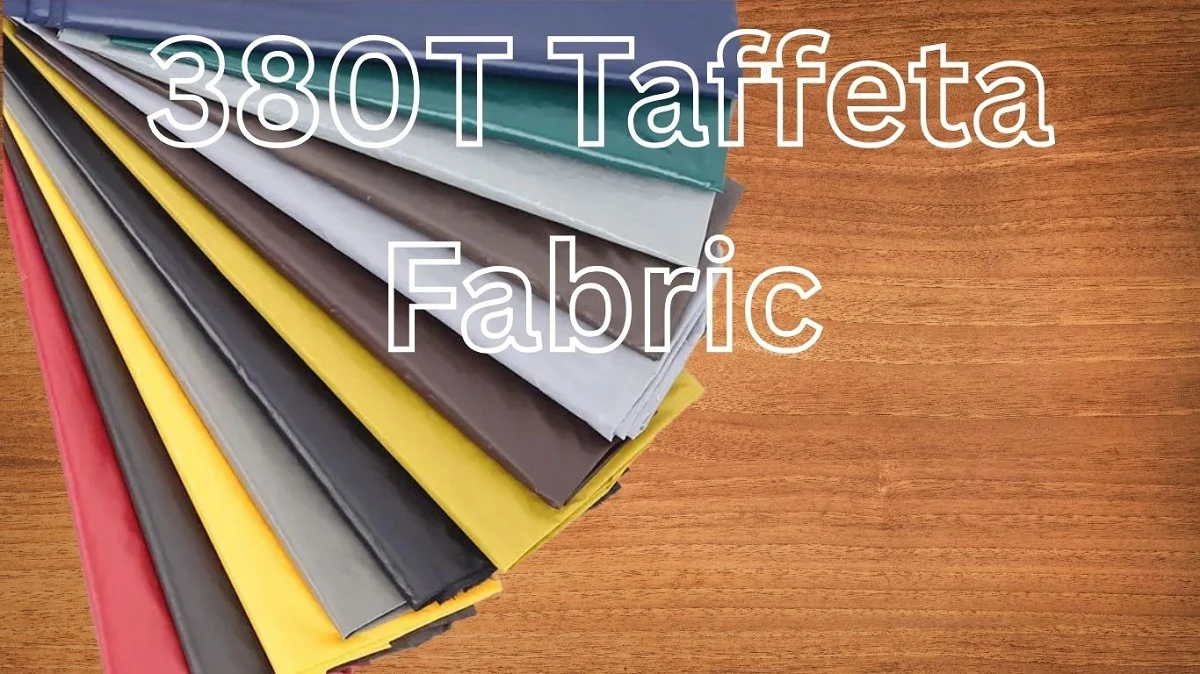
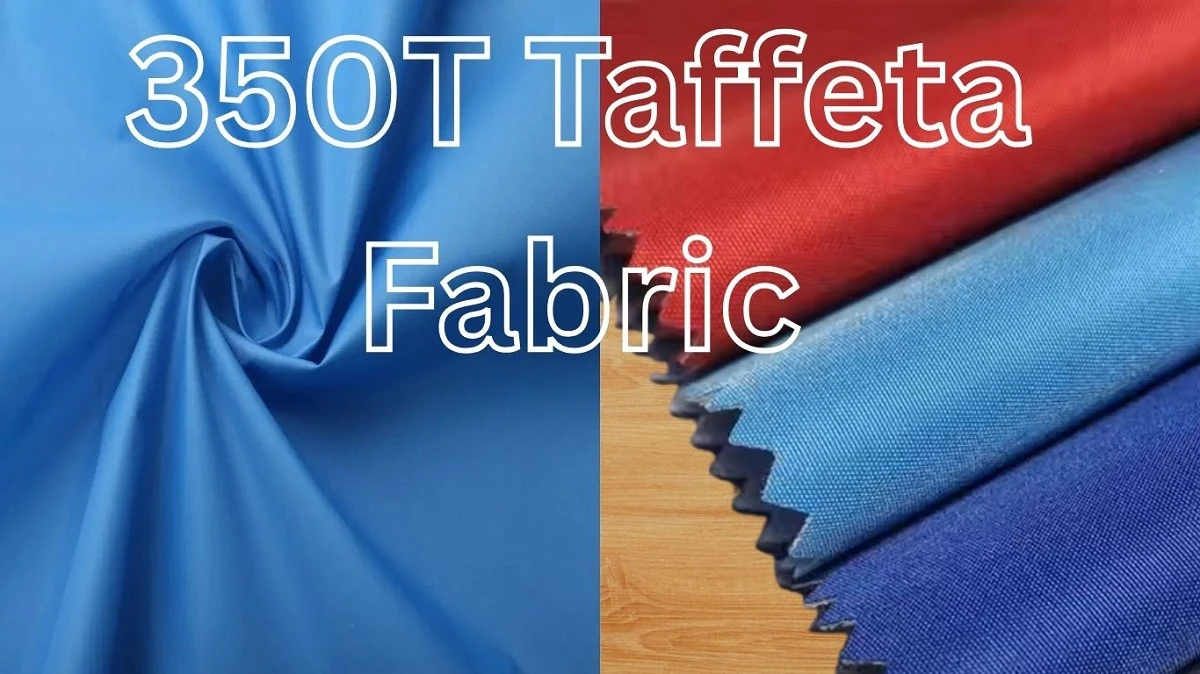
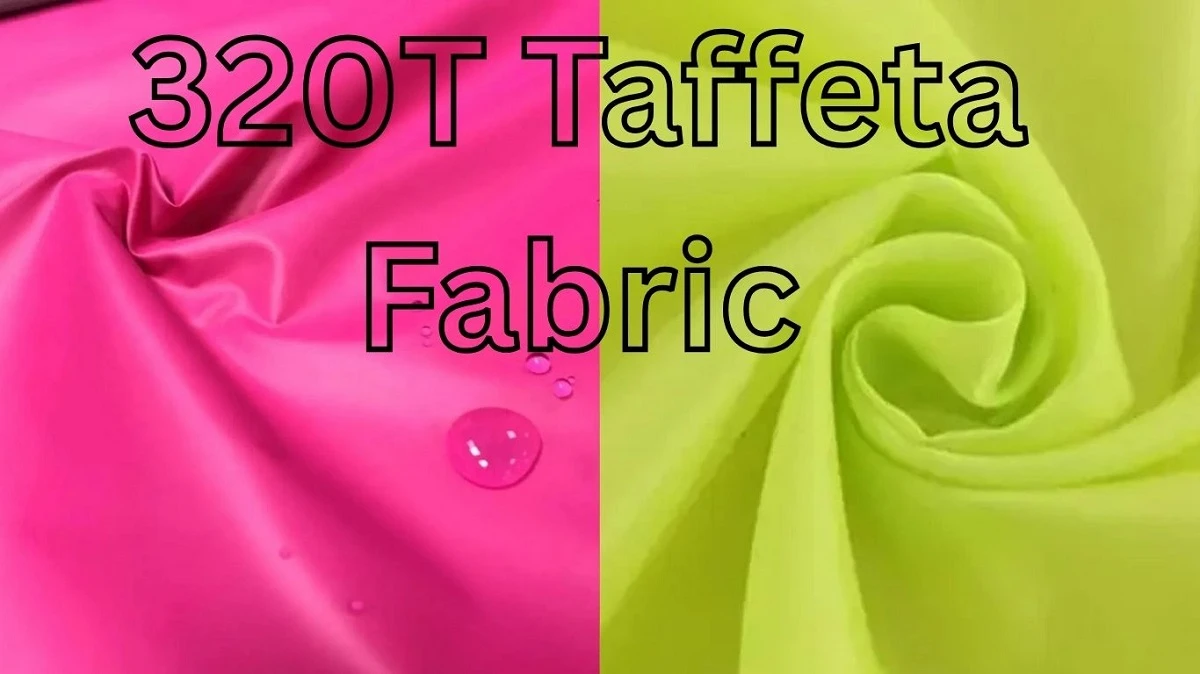
Comments - 00
Leave A Reply
Thanks for choosing to leave a comment.